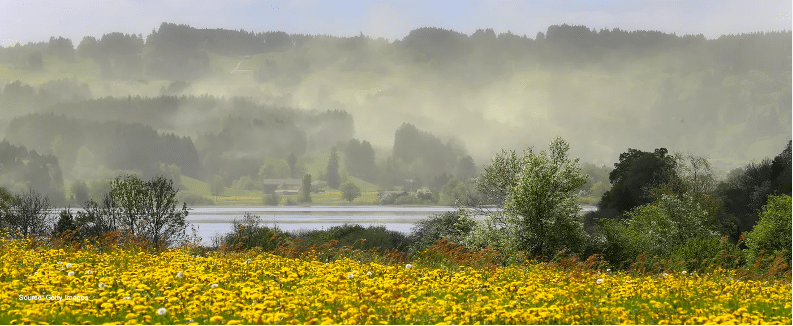How Climate Change is Making Your Fall Allergies Worse (Part 1)

How Climate Change is Making Your Fall Allergies Worse (Part 1)
Changing weather patterns create longer seasons and more pollen
The past decade was the hottest ever recorded, with 2019 as the second warmest year on record. This warming is expected to continue for the foreseeable future as carbon dioxide emissions and other greenhouse gases are continually released into the atmosphere, largely from the burning of fossil fuels.
As global temperatures rise and weather patterns change, increased levels and duration of airborne pollen and pollution occur. This prolongs allergy suffering for more than 50 million Americans each year.
According to Dr. Lewis Ziska, Associate Professor at Columbia University Mailman School of Public Health, there are three key factors happening now that contribute to worsening allergies:
- Climate change is extending the frost-free season, giving trees and plants more time to grow, flower, and pollinate. (Primary allergens come from trees in the spring, weeds and grasses in the summer, and ragweed in the fall.)
- Warmer temperatures generate higher amounts of pollen from these plants. (In a study by the Asthma and Allergy Foundation of America (AAFA), spring arriving 30 days earlier resulted in a 54.8% increase in ragweed pollen production.)
- Plants need carbon dioxide to thrive, and as carbon dioxide levels rise in our atmosphere, initial evidence suggests that it may change the structure of pollen in plants like ragweed and certain trees, making them more allergenic.
- Allergies cost the U.S. more than $18 billion a year.
- Worsening allergies have led to over 13 million doctor’s visits and over 20,000 emergency room trips annually.
- 4 million missed or low productivity workdays from allergies occur each year.



